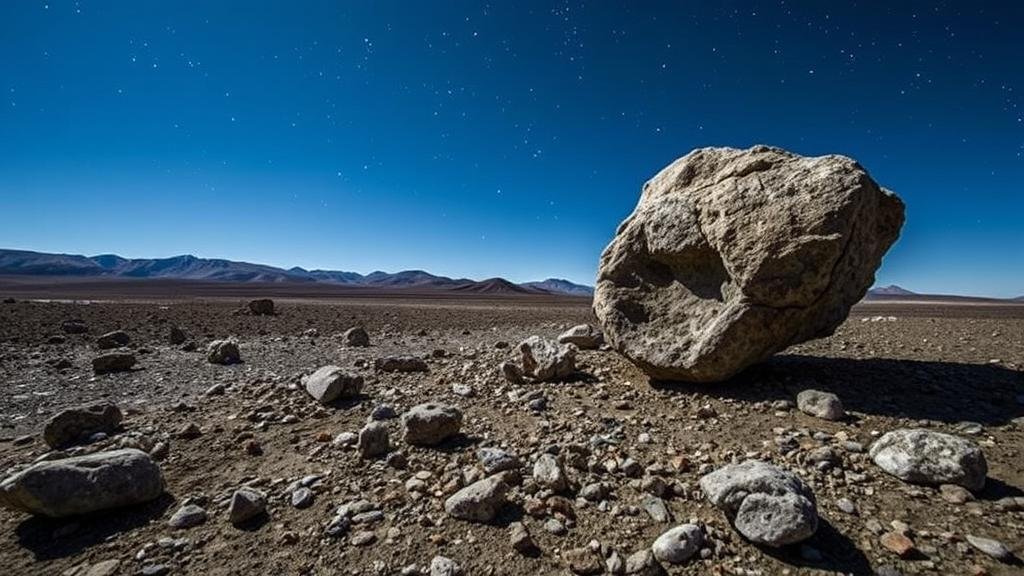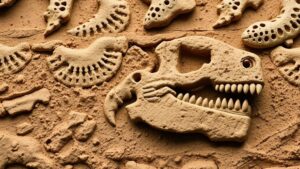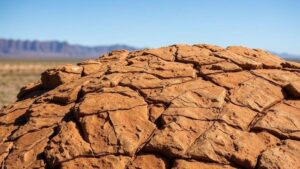The Hunt for Meteorites: Cosmic Relics Hidden in Earth’s Remote Landscapes
The Hunt for Meteorites: Cosmic Relics Hidden in Earths Remote Landscapes
Meteorite hunting has captivated both professional scientists and amateur enthusiasts for centuries. These cosmic relics, originating from the vastness of space, offer insight into the formation of our solar system and the building blocks of planets. For rockhounds and mineral collectors, the thrill of discovering a meteorite can be an exhilarating experience that combines adventure with the pursuit of knowledge.
Understanding Meteorites
Meteorites are classified into three primary categories based on their composition: stony meteorites, iron meteorites, and stony-iron meteorites. Each type provides unique information about the celestial bodies from which they originated:
- Stony Meteorites: Comprised mostly of silicate minerals, stony meteorites are the most common type, making up about 93% of all known meteorites. Examples include chondrites and achondrites.
- Iron Meteorites: Consisting primarily of iron and nickel, these type of meteorites are believed to originate from the cores of differentiated asteroids. They comprise about 5% of meteorite finds.
- Stony-Iron Meteorites: A combination of both metal and silicate minerals, stony-iron meteorites are rarely found, accounting for roughly 2% of meteorites. provide clues about the differentiation of celestial bodies.
According to the Meteoritical Society, approximately 65,000 meteorites have been cataloged. Each meteorite offers clues about the solar systems history and can vary widely in age, with some being over 4.5 billion years old.
Where to Find Meteorites
Meteorites can be located in a variety of environments, but specific regions and geological contexts are often more productive. Some of the best places for hunting meteorites include:
- Desert Regions: Dry areas like the Sahara or Atacama Desert are ideal due to minimal vegetation, making meteorites easier to spot against the barren landscape.
- Polar Ice Caps: Glacial environments, particularly Antarctica, are known for significant meteorite finds. Meteorites can be exposed through melting ice or be easily spotted on the surface.
- Impact Sites: Crater regions from historical meteoric events, such as Meteor Crater in Arizona, are excellent places to search due to the concentration of meteorite fragments.
For example, Antarctica has yielded over 45,000 meteorites since the late 1970s, owing to its pristine conditions for preservation and recovery.
Practical Tips for Meteorite Hunting
Engaging in meteorite hunting requires a combination of knowledge, skill, and patience. Here are some actionable tips for aspiring meteorite hunters:
- Research: Study local geology, historical meteorite falls, and recent finds. Utilization of databases such as the Meteoritical Bulletin can guide your efforts.
- Equip Yourself: Bring essential tools including a magnet (most meteorites contain metallic iron), a robust digging tool, gloves, and a CAM (Compact Auditory Magnifier) for inspecting small finds.
- Documentation: Keep a field journal to document locations, conditions, and potential finds, providing reference for future hunts and research.
- Network with Other Collectors: Join clubs or forums to exchange knowledge and tips. Collaborating with seasoned hunters can expand your understanding and improve your chances of success.
The Ethics of Meteorite Collecting
As with any hobby that involves collecting natural specimens, ethical considerations are paramount. Meteorite hunters should follow these guidelines:
- Respect Land Ownership: Always obtain permission before searching on private land, as meteorites are considered property of the landowner.
- Follow Local Laws: Familiarize yourself with the regulations governing meteorite collection in your region, as they vary widely from place to place.
- Preserve Context: If you find a meteorite, take care to document its location and environment, as this can provide significant scientific context for your find.
Meteorite hunting can yield extraordinary finds, but remaining responsible and respectful ensures the practice can continue for generations to come.
Conclusion
The adventure of hunting meteorites is as deep and intriguing as the cosmos itself. Each find, whether large or small, offers a tangible connection to the universe and the processes that govern it. For rockhounds and mineral collectors, venturing into remote landscapes in search of these celestial treasures not only enriches personal collections but also contributes to a greater understanding of our solar system.
Remember to equip yourself with knowledge, tools, and an ethical mindset as you embark on your journey. Whether you unearth a small fragment or a stunning specimen, the experience of meteorite hunting promises to be rewarding beyond measure.



